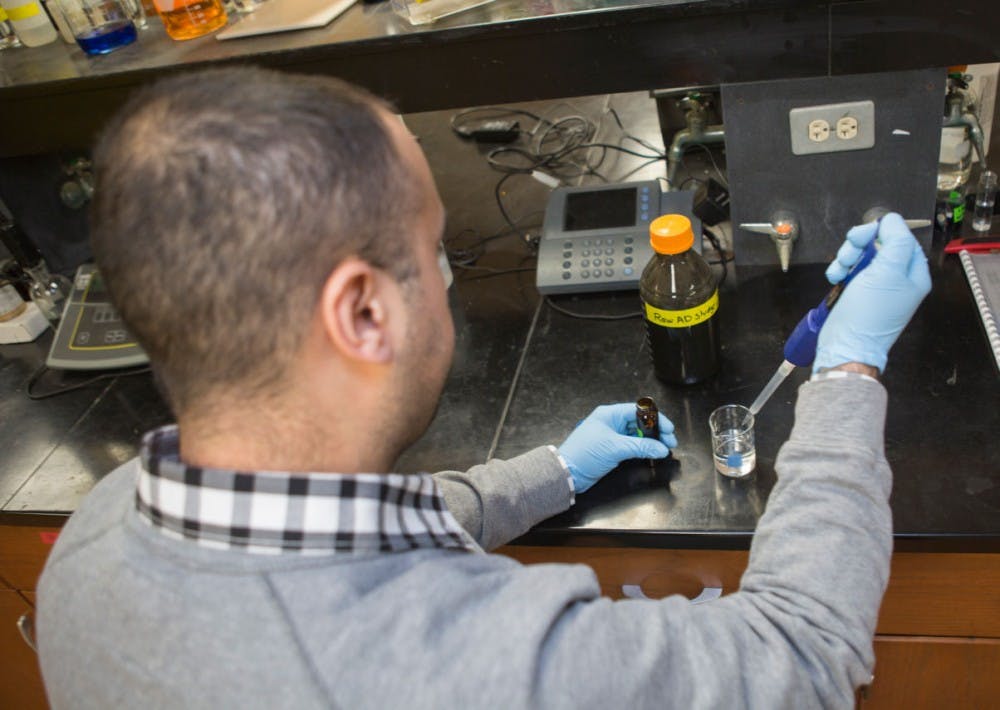The ISU Research Symposium is set to highlight 20 to 25 students and their research contributions.
From firing high-powered beams at targets to studying the impact of an algae-powered house, the International Research Symposium provides students an opportunity to showcase their research interests.
The symposium is a place for domestic and international students to come together and present research with an international focus, said Nicholas Brumfield, the programming director for International Student Union.
The 20 to 25 people presenting at the symposium registered under three categories: social and behavioral sciences, creative arts and humanities and STEM. Brumfield added some of the presentations may not have a direct correlation to international affairs, but that might be good practice for students.
There are a total of eight judges, which consist of different professors who work in different departments on campus. The rankings will be determined by different disciplines.
“Comparing literary analysis to physics is (like comparing) apples to oranges,”Brumfield said.
Husam Abu Hajar, a graduate student studying civil engineering, used his research to solve an international issue – sustainability. The presentation will describe a design for an algae house, and how alternative households can reduce harmful energy waste.
“Dealing with the waste, we’re not only polluting the environment, but losing valuable carbon, that we could use to produce energy instead,” Abu Hajar said.
A summer at a particle accelerator produced the research Miguel Gomez, a junior studying astrophysics, is presenting at the symposium.
Gomez’s research was focused on studying the structure of an atom by conducting simulations with electron beams to test the contribution of the pion cloud.
“We fire this beam at a target, and what we expect to see is scattering, and this collision reached a cloud of pion particles,” he said.
Katie Conlon, a junior history major, travelled to Cambodia last summer and developed a research project regarding the Muslim minority in Cambodia and the period known as the Cambodian Genocide.
Conlon interviewed Muslims about their experiences living through the Khmer Rouge regime, a group that was responsible for the deaths of a quarter of the Cambodian population during their reign.
Conlon said the United Nations and the Cambodian government took this event in history to international court and decided whether it is legal to call the event genocide, which has a “very specific definition,” she said.
“(I asked whether) they care that the court (case) is happening, and basically what I found was no,” Conlon said. “People don’t follow the court, especially in this tiny little village. People are frustrated because it’s been 40 years now. But people said that they thought this was important for recording history, so that younger generations know what happened.”
{{tncms-asset app="editorial" id="9ddf916c-b0c5-11e4-b90c-4b0079b0599e"}}
@mmfernandez_
mf736213@ohio.edu






